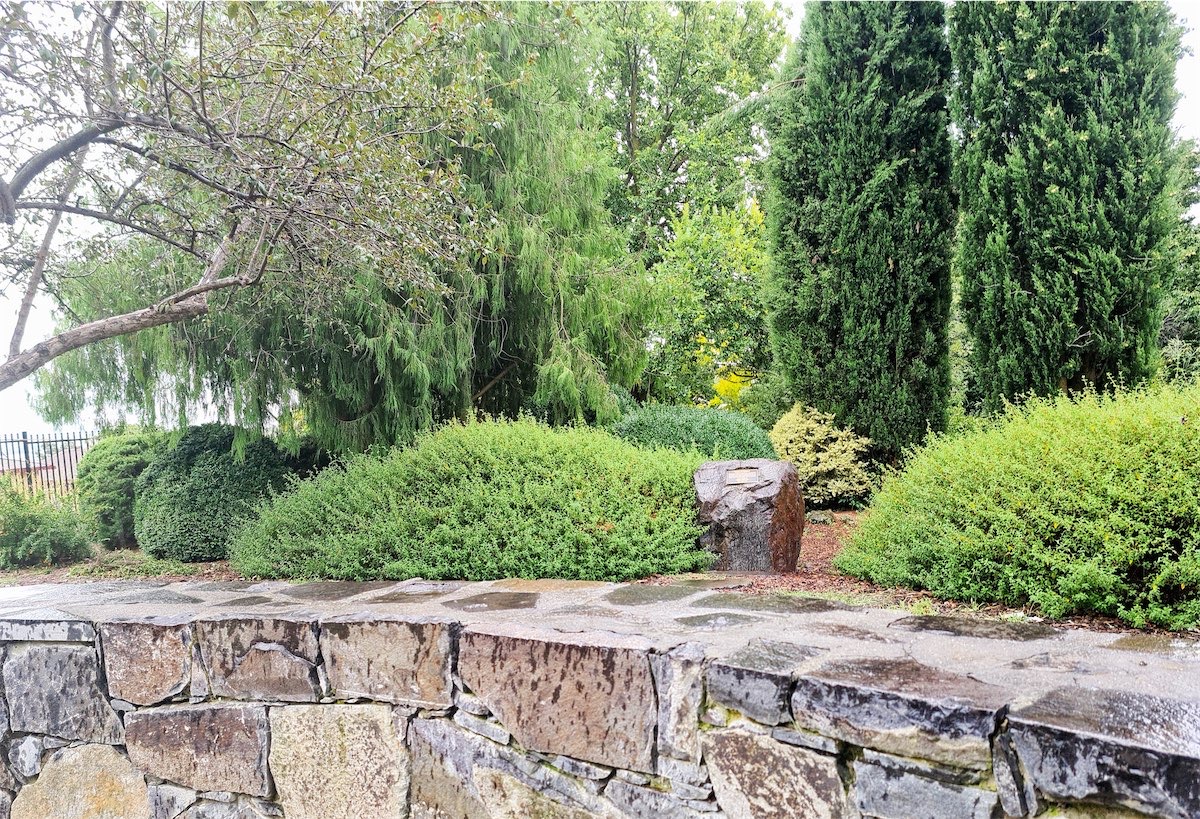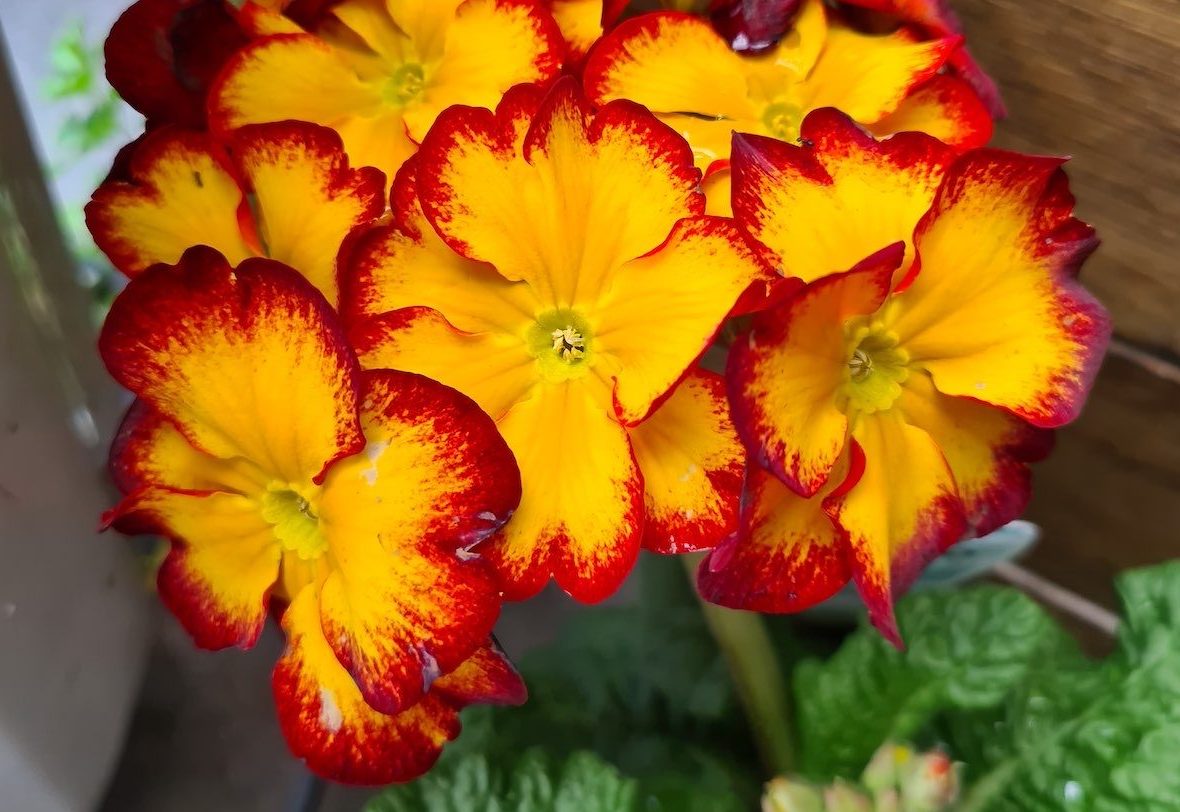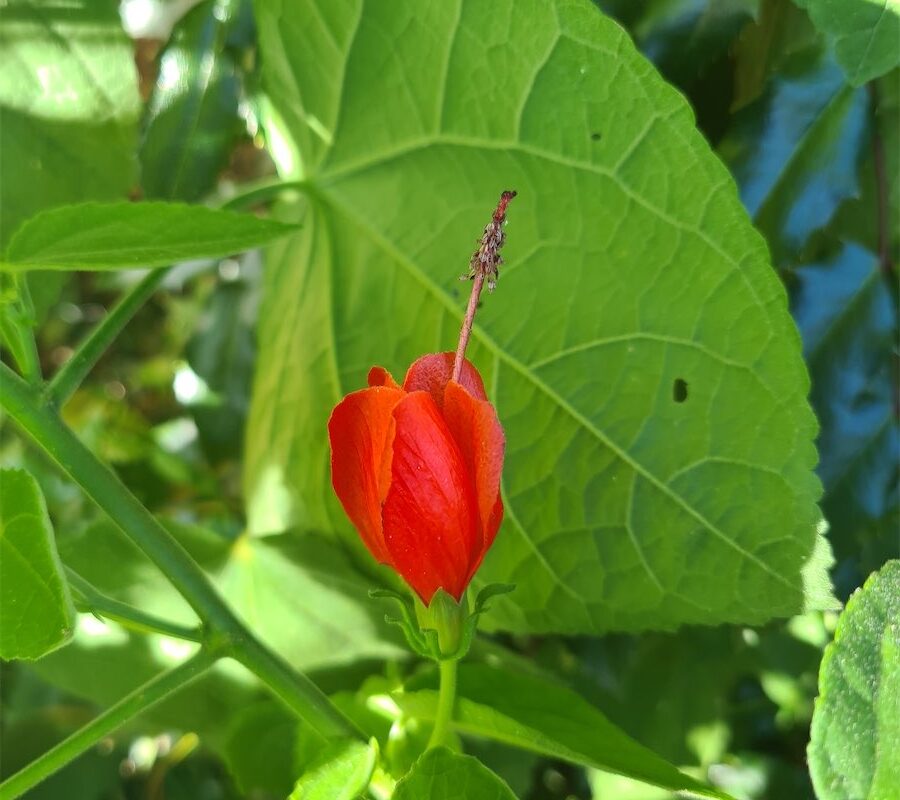
Gardening writer JACKIE WARBURTON says there’s a Gallipoli Garden at Weston Creek worth a look.
THERE’S a Gallipoli Garden on the eastern part of Fetherston Gardens, Weston Creek, that was created for the Centenary of Anzac in 2015.

It’s planted with flowers, shrubs and trees that represent those from the site of Gallipoli Peninsula in Turkey. Plantings include Lone Pine, Gallipoli Oak, Arbutus, Gallipoli Rose and Rosemary.
Fetherston Gardens, accessible to the public and a short walk from Heysen Street, is on the grounds where the old Horticulture College was in Weston Creek.
For more than 10 years a group of hardworking volunteers have mulched, weeded and pruned this lovely woodland garden.
While in the gardens, look out for the unusual trees and shrubs originally planted for the college students. The gardens are named after Tony Fetherston, who was the first and longest serving head of the college and his ashes are scattered in the grounds.
WHILE still on the theme of Anzacs, Anzac Parade has hebes, a NZ native, in the planter boxes. The Parade was originally opened on April 25, 1965, to commemorate the 50th anniversary of the Anzac landing in Gallipoli. Unfortunately, hebes didn’t work on this site then and don’t now.
In 1976, Canberra gardening writer Mackenzie Clay said the hebes weren’t growing well in this spot and, well, 46 years since then we still have the same issues with the wrong plant for this space.
Hebe “Otari Delight” is currently planted there and it still doesn’t look well despite all the plants and soil being replaced in 2020.
NOW’S the time to get any frost-sensitive plants tucked away for a winter rest.
When an outdoor plant is brought inside, it need not be close to heating or in full sun through the window. It might take a bit of experimenting to find the right spot for it to survive through winter.
IN the vegetable garden, it’s important to keep the weeds out and garden beds mulched. The soil is beginning to cool, which limits this month’s plantings to corn, lettuces, Asian greens, peas and onions.
Early varieties of onions can still be planted over the next month or two and will be ready for harvesting in spring to summer. Mid-season plantings take longer to yield because they are grown over winter. Repeat planting will get a good crop. Make sure the soil is acidic and a pH of 5-6 or so. They like a sunny open position with well-drained soil. Plant them 10-15 centimetres apart in rows around 30 centimetres apart. Most importantly, keep them weed free. There are many varieties to choose from such as brown, gold, red and white.

MANY spring-flowering plants need to be planted and established now before the cold weather sets.
Some of the tried and tested Canberra growers that cope with our frosts are primulas, pansies, violas, poppies and polyanthus. All of these plants can begin to flower mid-to-late winter and give the garden some winter colour when most shrubs and trees are dormant.
Get them growing quickly and, using a watering can, apply a seaweed extract over the leaves on a warm day and allow time for the leaves to dry before the cold afternoon weather sets in.
These types of shallow-rooted annuals can be planted on top of bulbs just like at Floriade.
Jackwar@home.netspeed.com.au
Who can be trusted?
In a world of spin and confusion, there’s never been a more important time to support independent journalism in Canberra.
If you trust our work online and want to enforce the power of independent voices, I invite you to make a small contribution.
Every dollar of support is invested back into our journalism to help keep citynews.com.au strong and free.
Thank you,
Ian Meikle, editor









Leave a Reply